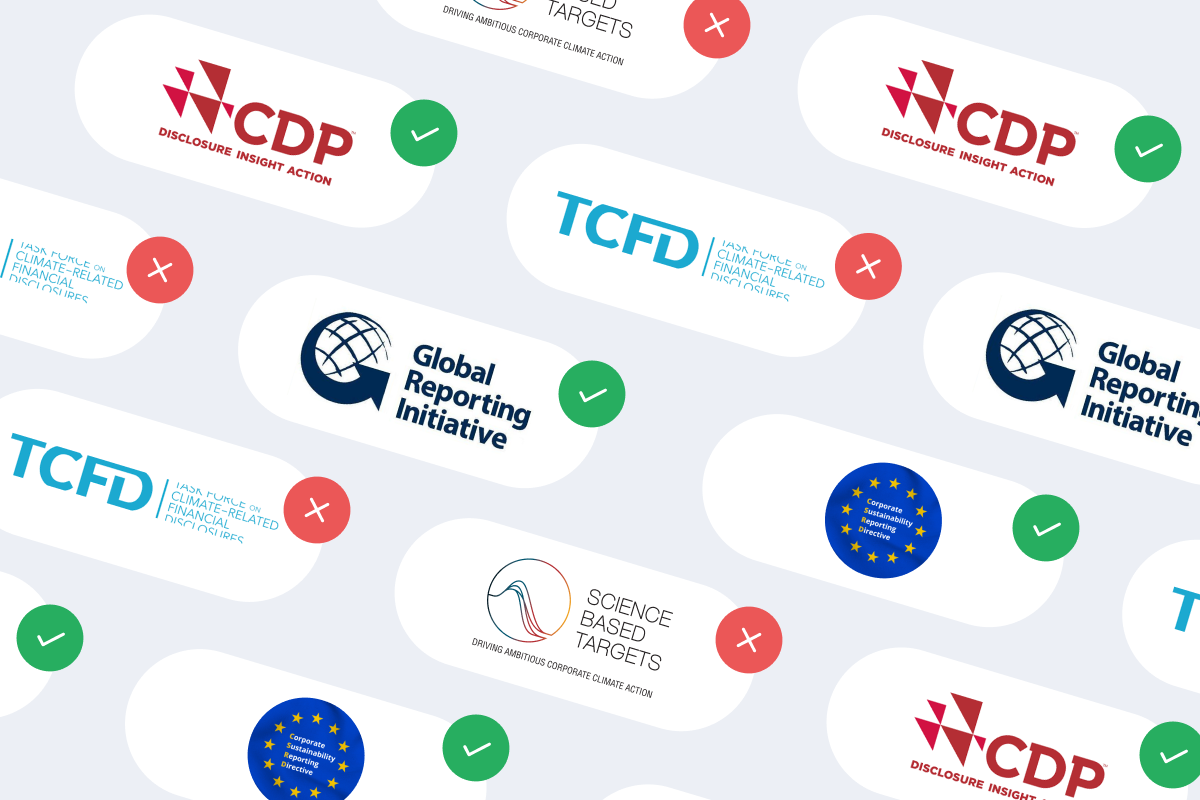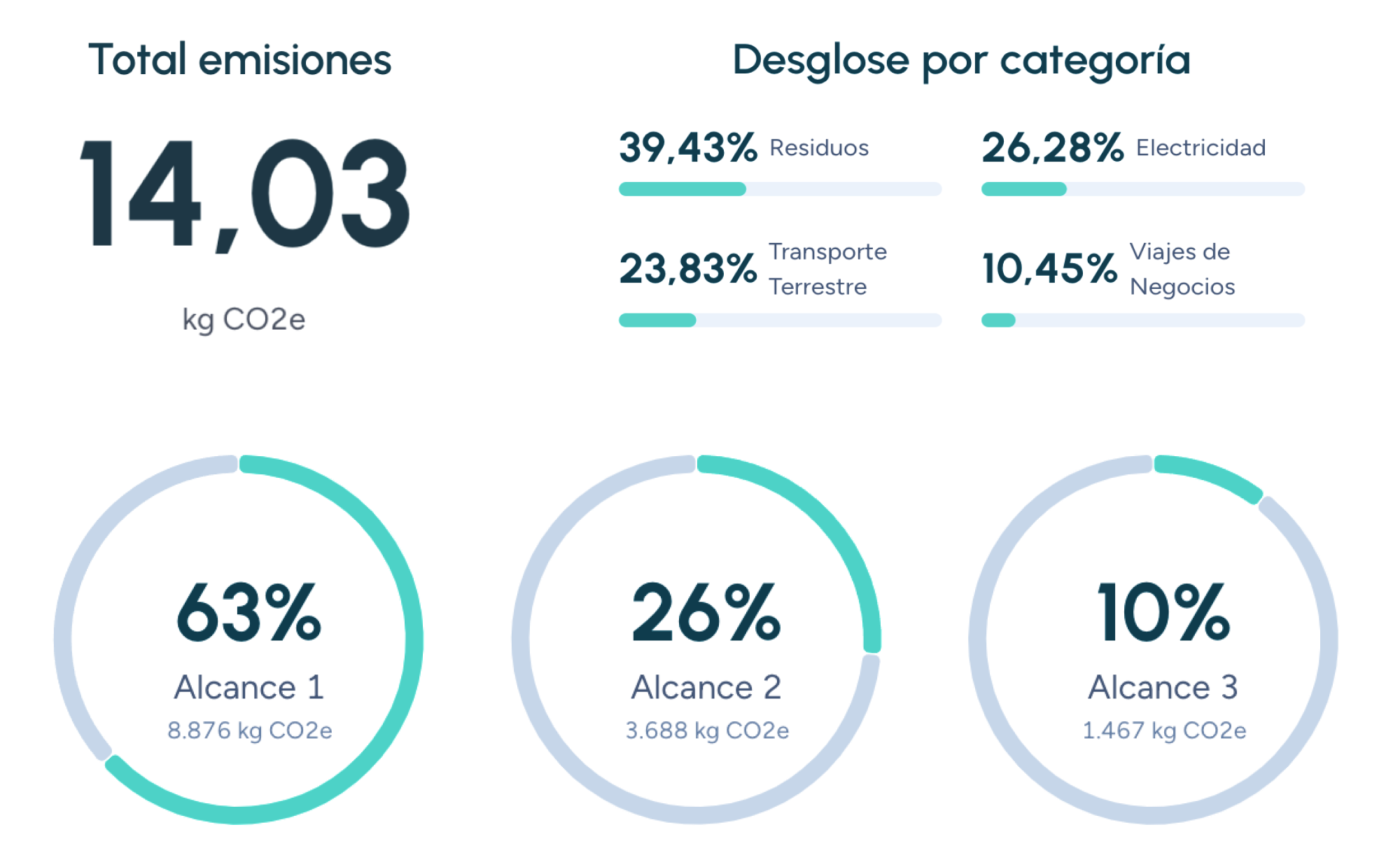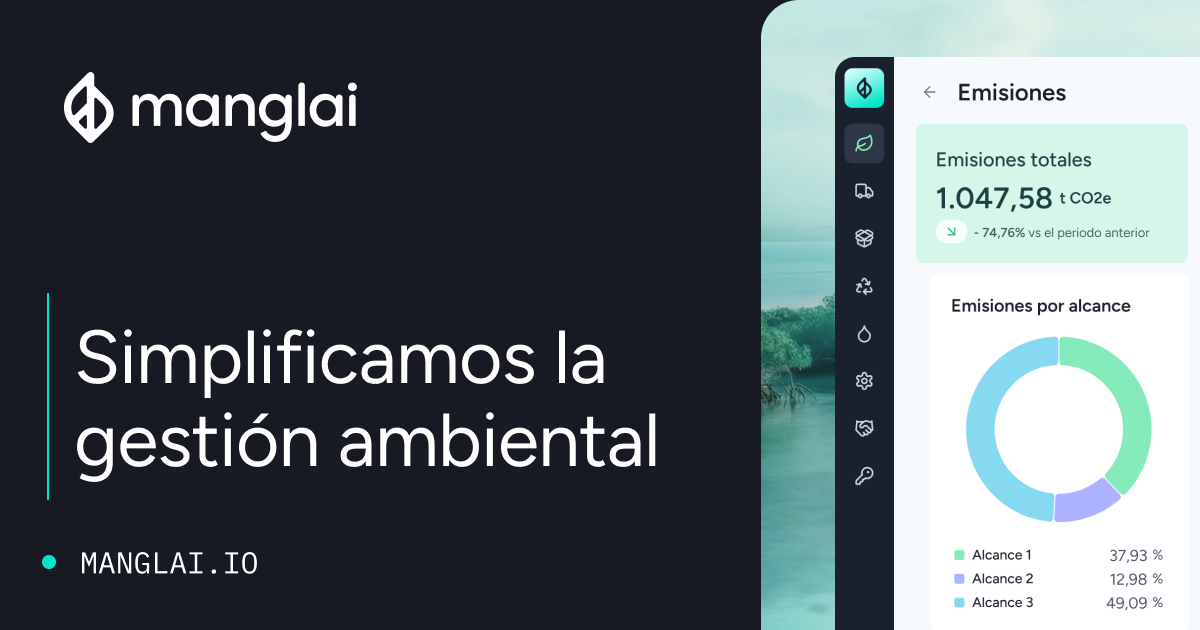D
Decarbonization
Decarbonization is a crucial concept in the fight against climate change. It refers to the process of reducing greenhouse gas (GHG) emissions across all human activities, with the ultimate goal of reaching a net-zero or even negative carbon footprint. This process involves a profound transformation of energy, industrial, and economic systems—moving away from fossil fuels and adopting cleaner, more sustainable alternatives.
Why is decarbonization important?
Decarbonization directly impacts global warming. Greenhouse gases—such as carbon dioxide (CO₂), methane (CH₄), and nitrous oxide (N₂O)—trap heat in the atmosphere, causing a rise in global temperatures. This temperature increase has severe consequences, including:
- Sea level rise: Melting glaciers and thermal expansion of ocean water threaten coastal regions.
- Extreme weather events: Climate change intensifies hurricanes, droughts, floods, and heatwaves.
- Biodiversity loss: Ecosystems are disrupted, and countless species face the risk of extinction.
The Paris Agreement and decarbonization
The Paris Agreement, signed in 2015, sets a global framework to avoid dangerous climate change. It aims to limit global warming to well below 2°C—preferably to 1.5°C—above pre-industrial levels.
To achieve this, signatory countries committed to reducing their GHG emissions and working toward carbon neutrality in the second half of the 21st century. Decarbonization is therefore essential for fulfilling the Paris Agreement and preventing the worst effects of climate change.
Decarbonization strategies
There are multiple strategies to achieve decarbonization, applicable across different sectors and activities:
1. Energy transition
- Renewable energy: Increase the share of renewables (solar, wind, hydro, geothermal, biomass) in electricity generation.
- Energy efficiency: Reduce energy consumption by improving efficiency in buildings, industry, and transport.
- Energy storage: Develop storage technologies to ensure stable supply from renewable sources.
2. Industry and transport
- Transport electrification: Promote the use of electric and hybrid vehicles and improve public transportation systems.
- Industry 4.0: Implement digital and automated technologies to optimize processes and lower emissions.
- Circular economy: Encourage sustainable production and consumption models based on reuse, recycling, and waste reduction.
3. Carbon capture and storage
- CCS (Carbon Capture and Storage): Develop technologies to capture CO₂ from industrial sources and store it underground.
- Nature-based solutions: Protect and restore ecosystems—like forests, oceans, and wetlands—that act as natural carbon sinks.
Measuring progress toward decarbonization
To effectively track progress, companies and institutions must rely on accurate and reliable measurement systems. The carbon footprint is a key tool that quantifies GHG emissions associated with a product, service, organization, or event.
Carbon footprint measurement standards
There are several recognized standards for calculating carbon footprints, including the Greenhouse Gas Protocol (GHG Protocol), developed by the World Resources Institute (WRI) and the World Business Council for Sustainable Development (WBCSD).
The GHG Protocol defines three emission scopes:
- Scope 1: Direct emissions from sources owned or controlled by the organization
- Scope 2: Indirect emissions from the generation of purchased electricity, heat, or steam
- Scope 3: Other indirect emissions across the product or service lifecycle, including the supply chain, transport, and waste management
By implementing effective decarbonization strategies and accurately measuring emissions, businesses and governments can accelerate the transition to a low-carbon economy—and contribute meaningfully to a more sustainable and resilient planet.
Companies that trust us

D2w
D2w refers to an additive that, when incorporated into conventional plastics, aims to speed up their degradation through a process known as oxidation.
Desalination
Desalination is the process of separating salts and minerals from seawater or brackish water to obtain freshwater suitable for human, agricultural, or industrial use.
Digital Product Passport (DPP)
The Digital Product Passport (DPP) is an electronic, interoperable, and traceable information system that will accompany every product placed on the European Union market throughout its entire life cycle.
Guiding businesses towards net-zero emissions through AI-driven solutions.
© 2025 Manglai. All rights reserved
Política de Privacidad


